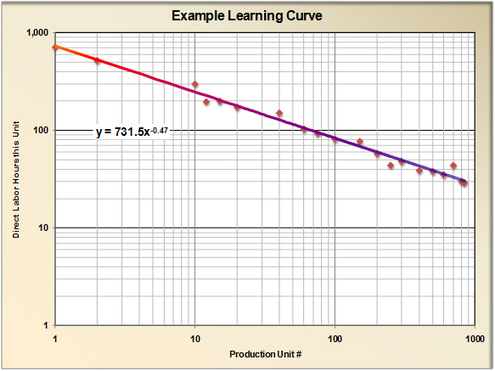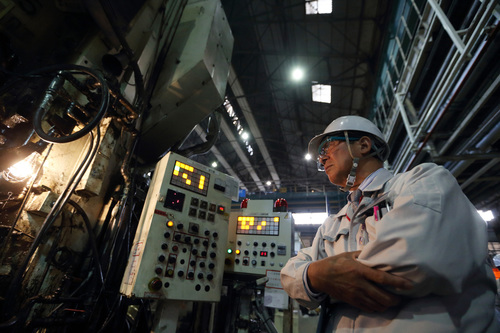Apr 25 2014
A Company Without Job Titles Will Still Have Hierarchies | Harrison Monarth | HBR Blog
See on Scoop.it – lean manufacturing
“Radically flat. That’s the management goal that Tony Hseih, founder of e-commerce giant Zappos, aims to achieve by the end of 2014. To get there, Hsieh plans to toss out the traditional corporate hierarchy by eliminating titles among his 1,500 employees that can lead to bottlenecks in decision-making. The end result: a holacracy centered around self-organizing teams who actively push the entire business forward.”
In this strange article, organization, hierarchy, and status is treated exclusively as a psychological issue. There is not a word about the need to get the organization’s work done, and its implications in terms of responsibility and authority.
For example, you need a process to resolve differences of opinion on what needs to be done. Particularly when the choice is not obvious, you need one person mandated to make a decision and take responsibility for the consequences. It’s called a manager.
As an employee, at any level, you need someone who speaks for the company and can tell you its expectations. It’s called a boss.
It may be psychological uncomfortable to follow procedures and report to another human being, but it is generally recognized as a price you have to pay to get 10 people — or 300,000 — to work effectively towards a common goal.
Remove all these structures and procedures, and what do you get? Self-organized teams doing great work? Or indecision, frustration, bullying, and chaos?
See on blogs.hbr.org


 This is a translation of the bulk of
This is a translation of the bulk of 
Apr 27 2014
Comment on Nike: People are people no matter where they work | Bill Waddell
See on Scoop.it – lean manufacturing
“How […] can we understand […] Nike’s institutional commitment to systemic exploitation of folks working in factories? […]
The ‘manufacturing’ people at Nike are merely the internal champions of seeking out and making maximum use – abuse – of cheap labor. If they were actually manufacturing people they would be ashamed of and outraged over factories such as the one they championed in Bangladesh – the one in which they “slogged up a dirty staircase to the top floors of an eight-story building” and had “rolls of fabric were strewn across the production floor and some windows were bolted shut.”
No serious manufacturing person with even the least measure of pride would have urged the company to perform production in such a pig sty of a factory. Only some sort of mercenary focused solely on grubbing for pennies wants to be associated with such a plant.”
Not that long ago, the awful conditions Bill Waddell is describing in Bangladesh factories were common in the US, UK, Germany, France, Japan,… Right or wrong, today’s advanced economies did sacrifice generations of factory workers on the altar of development, including my grandparents, and perhaps Bill’s. It was a decade-long struggle to get past this but, by and large, we have.
What attitude should we have towards countries where workers are treated today the way they were here 100 years ago? Bill is suggesting a boycott, but how would this play out? Specifically:
Unless we are in a position to make these outcomes happen, how sincere is our concern?
See on www.idatix.com
Share this:
Like this:
By Michel Baudin • Blog clippings 6 • Tags: Bangladesh, Cheap labor, Nike, Working conditions